It’s said that goldfish have an attention span of 3 seconds–so how long do you think it is for your customers?
Whether it’s hours of Instagram or binge-listening the newest podcast, we consume a lot of media in various mediums and don’t make a lot of time to hear your business out. So with so many companies competing for attention, it’s no wonder that micro brands are flourishing amount retail giants.
In fact, companies like Nordstrom, Walmart and Amazon shell out a ton of money each year to reach their ideal customer. But with the rise in direct-to-consumer marketing, micro brands are standing out right in front of our faces.
You likely have heard of some of the more popular micro brands like UNTUCKit, Billie and Sugarbearhair. And that’s because these brands have pushed plenty of social ads and mid-roll advertising campaigns on your favorite podcast. Simply put, these companies leverage social commerce in a way that’s completely changing the way we think about online selling.
https://www.instagram.com/p/ByYpANJFw-O/
So much so that big-name companies are feeling the pressure to compete—or acquire the competition. According to RetailDive, one-third of U.S. consumers expect to make at least 40% of their purchases from direct-to-consumer companies within the next five years. Also, 81% claim they’ll make a minimum of one purchase from a direct-to-consumer brand within the next five years.
So, what are these brands doing that’s yielding such success?
We’ll take a look at the successful rise in micro brands and how they’ve impacted social commerce and mobile sales as a whole. But first, what actually is a micro brand?
What Are Micro Brands?
Micro brands use a direct-to-consumer business model, meaning the company foregoes the middleman by selling and shipping products straight to the customer.
Traditionally, the bigger your business (or, the more stores you had), the more successful you were, but that isn’t so much the case in today’s ecommerce world. Companies find that they can generate sales and grow cult-like followings through strategic, hyper-focused content and social media marketing campaigns.
https://www.instagram.com/p/B0E3vuvn-mp/
But the audiences they’re targeting aren’t the typical consumer personas many brands use to identify and resonate with their audience. These are small pools of consumers who are highly engaged with a brand—not a mass audience.
Showing up in places their unique audience frequents, like podcasts, Instagram and streaming services, they capitalize on what Google likes to call micro-moments—or an intent-rich moment–when a person turns to a device to act on a need and generates success.
Micro Brands Stand out From the Crowd by Being Selective
Another significant difference between micro brands and other retailers is their hyper-focused approach to content marketing. Take the woman’s razor brand, Billie, for example. From a bird’s eye view, Billie sells high-quality razors and shaving products for women.
https://www.instagram.com/p/Bzbj7angtDP/
But what makes this company so successful is its ability to resonate with its target niche using select visuals, tone and language that appeal to a specific smaller audience. While big brands often fish the whole ocean, micro brands look to the best spots for a particular need.
This is done through personalization marketing instead of trying to appeal to the masses. Billie’s female-first approach is more engaging to women who aren’t necessarily concerned with adhering to societal norms around women and body hair. But it also connects with a specific product need–women who are tired of paying more for their shaving supplies.
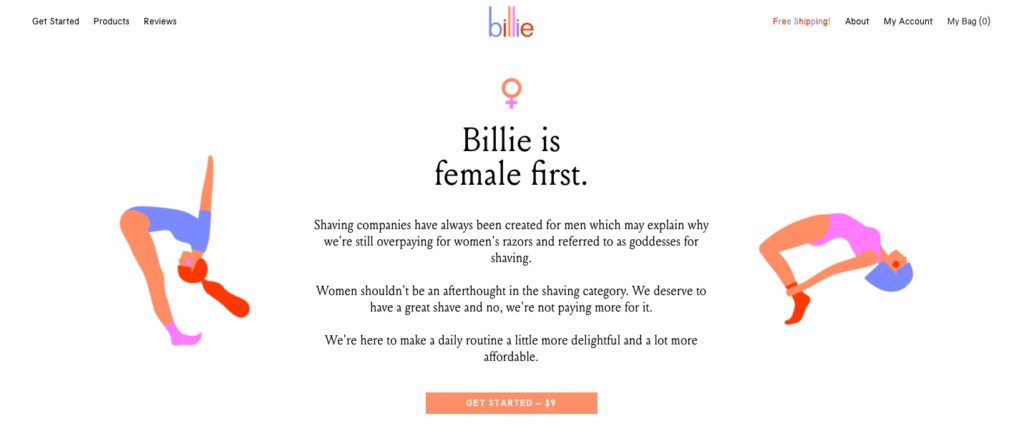
In contrast, a company like Gillette’s Venus has built its brand on just the opposite. Because of Billie’s unique targeting, they strike a chord with their audience in a way Venus doesn’t.
However, because of this, Venus is looking for ways to stay competitive, as the launch of their delivered-to-your-door custom razor package confirms.
https://www.instagram.com/p/B0E8WZkgP9v/
Even in the case of their social game, the content looks extremely similar. Micro brands attract a smaller group of customers by appealing to their unique interests, values and priorities instead of being too general.
Changing the Social Proof Landscape
Using influencers as part of a brand’s content strategy is nothing new, but for micro brands, it’s approached a little differently. Instead of racing to work with influencers with the biggest following, it’s more like the opposite.
Rather than seeking out the Kardashian’s approval, scaling micro influencers or everyday influencers helps keep your reach specific with a loyal fan base. These influencers built a relationship with their followers by asking questions, answering DMs and genuinely caring about the products they share with followers.
https://www.instagram.com/p/ByV0y6il5K-/
For example, Zenni Optical does a great job of making its customers the star of their marketing efforts. While the company isn’t as micro as it used to be, this direct-to-consumer brand successfully uses social to connect with consumers.
Zenni posts photos of everyday customers wearing their glasses. The eyewear company created a reputation for themselves as a relatable brand for creative and budget-friendly shoppers.

Additionally, they promote their shoppers directly on the product pages with user-generated content of the specific frames. This helps shoppers make better purchasing decisions with visual proof.
And your customers want visuals. A PowerReviews survey found 63% of U.S. shoppers specifically look for user-generated content along with verified consumer reviews before buying.
Micro Brand Shoppers Still Rely On Customer Feedback
Influencers aside, how are micro brands impacting the effectiveness of other forms of social proof, like ratings and reviews? Most micro brands work without a physical retail space and have the unique challenge of getting consumers to purchase products without ever seeing it in person.
This type of relationship requires trust. What’s the quickest way to build that trust? By collecting ratings and reviews from reliable sources that customers can identify with.
Direct-to-consumer mattress brand, Casper, faces the ultimate retail challenge—getting people to buy a mattress without ever testing it out first. Sounds daunting, right?
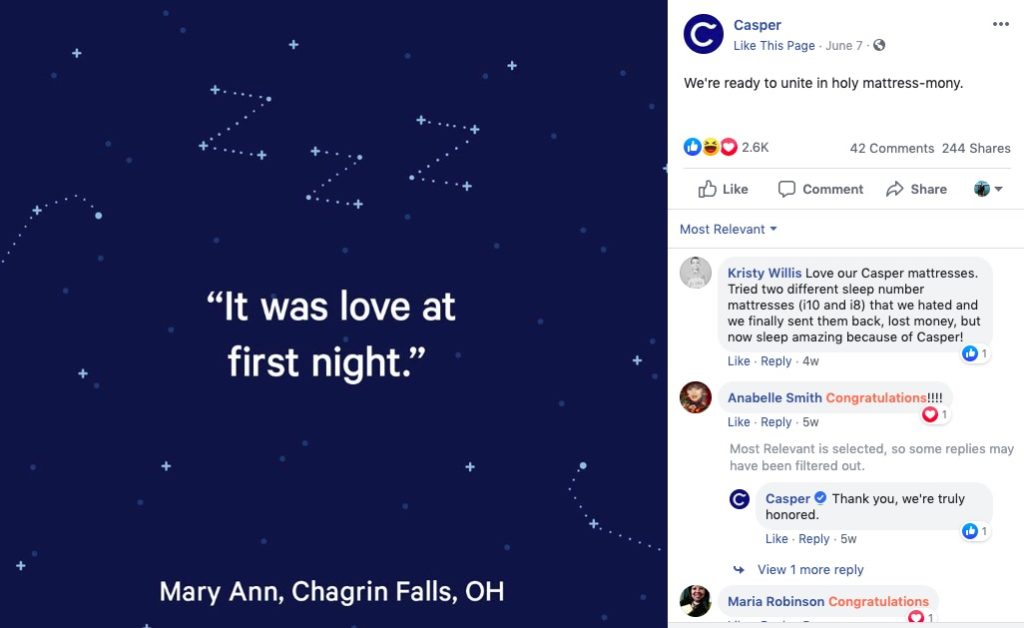
To build that essential trust among customers, Casper injects social proof into a large portion of their content marketing. The company integrates glowing customer testimonials in social posts as well as on the homepage of their website and on their product pages.
Within their product page designs, customers search through reviews broken up into categories that align with top concerns such as comfort, temperature and even reviews from couples. As a result, Casper is positioned to be a trustworthy brand that wants its customers to sleep better at night (literally), knowing they made a great purchase.
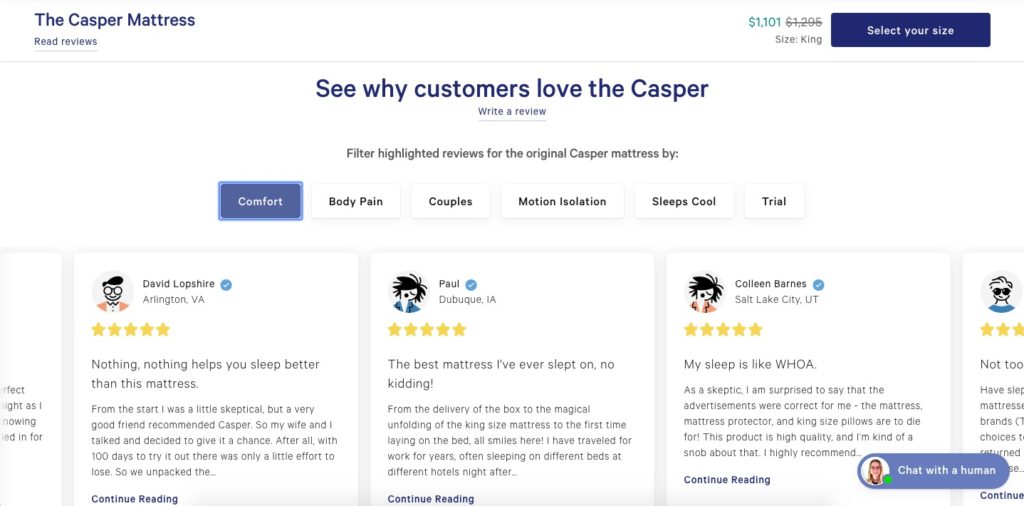
What makes micro brand social proof especially powerful is that because customers are making purchases without handling the products in person, it’s all the more important to make customers feel secure, confident and validated in their decision.
Plus, many micro brands make buying and returning products easy, so taking a chance on a new product has never been more low-risk for consumers.
A Lesson in Niche Content Marketing
Micro brands have do an amazing job marketing to their niche audience, but that doesn’t mean it only works because they’re so focused on targeting the right shopper. Instead, large brands need to a page from the micro-brand content marketing playbook to stay relevant.
Here are a few ways to make this approach work for your brand.
Be Intentional With Influencer Relationships
Instead of trying to appeal to a broad audience or picking an influencer with millions of followers, working with influencers with a sizable following with the audience you’re trying to reach is a step in the right direction.
Again, through an effective product sampling campaign, you leverage the voice of people who want to talk about your brand and spread the news through word-of-mouth marketing. Product sampling campaigns significantly help brands collect more reviews that are authentic and trustworthy.

By focusing on a smaller group of customers, your message has a chance to resonate with that group and that group only. The idea is that you’re a brand for them, not for everyone.
Cultivate Trust Through Social Proof
We know that building customer trust is one of the biggest hurdles micro brands face. Social proof adds a human element to any marketing strategy and it’s the difference between a customer making a purchase or moving on to another brand.
Strengthen your product pages with ratings and reviews that are presented in an engaging, easy-to-navigate way.
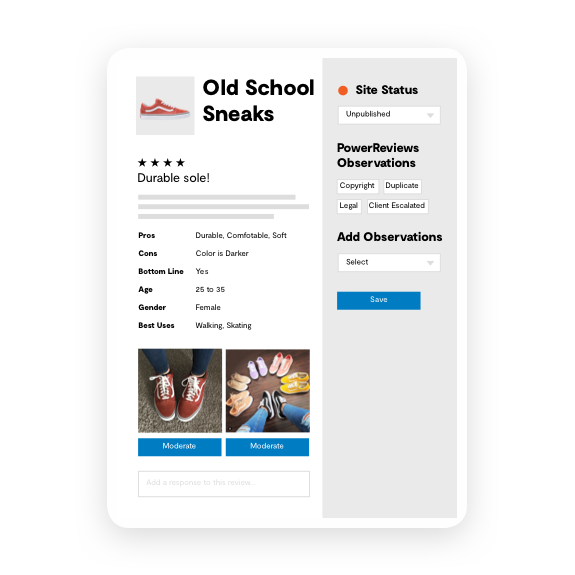
With the addition of ratings and reviews, adding customer-generated images is a great way to add value to each page.
Provide Value Beyond Your Products
A key differentiator of micro brands is providing more than high-quality products to customers–they also offer immense value elsewhere.
Take skincare company, Curology, for example. In addition to providing customers with totally customized skincare products, they have a series of skincare guides.
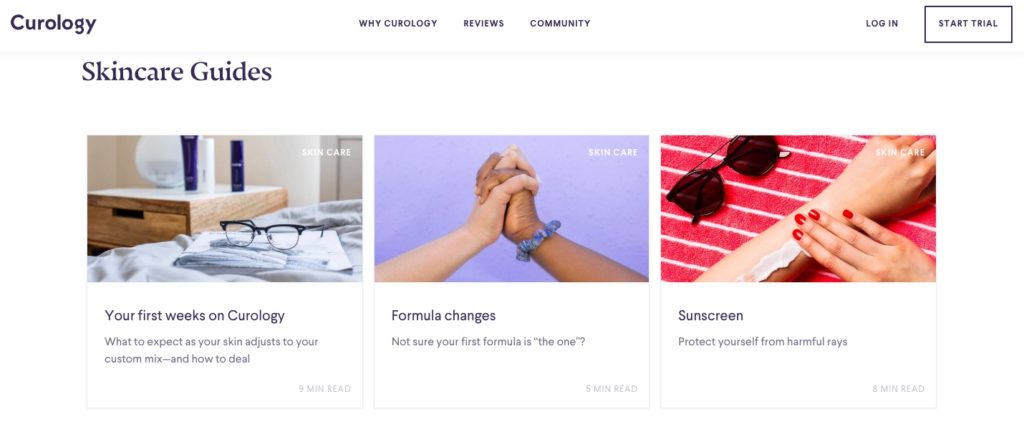
Curology covers topics ranging from how diet impacts the skin to which sunscreen is right for different skin types. Not only are these guides valuable and educational, but they’re also free on the Curology website.
This content marketing tactic positions them as skincare experts and helps lay that foundational trust for new customers. After they’ve made a purchase, customers learn about Curology products. Shoppers see what’s happening to their skin with their new skincare routine and more.
Scaling-Up Isn’t Always Synonymous With Success
Small, agile companies are more than capable of keeping up with the big guys—if not outpace them. Micro brands succeed because they relate to their niche audience in a way that speaks to them.
The ecommerce space makes it possible for smaller teams to compete, and the world is taking notice. With the help of PowerReviews, you will improve your brand’s social proof efforts and build more trust with your customers with suite of tools specifically built for these reasons.
Want to see a demo? Contact us today, and we’ll help you find the right solution.





